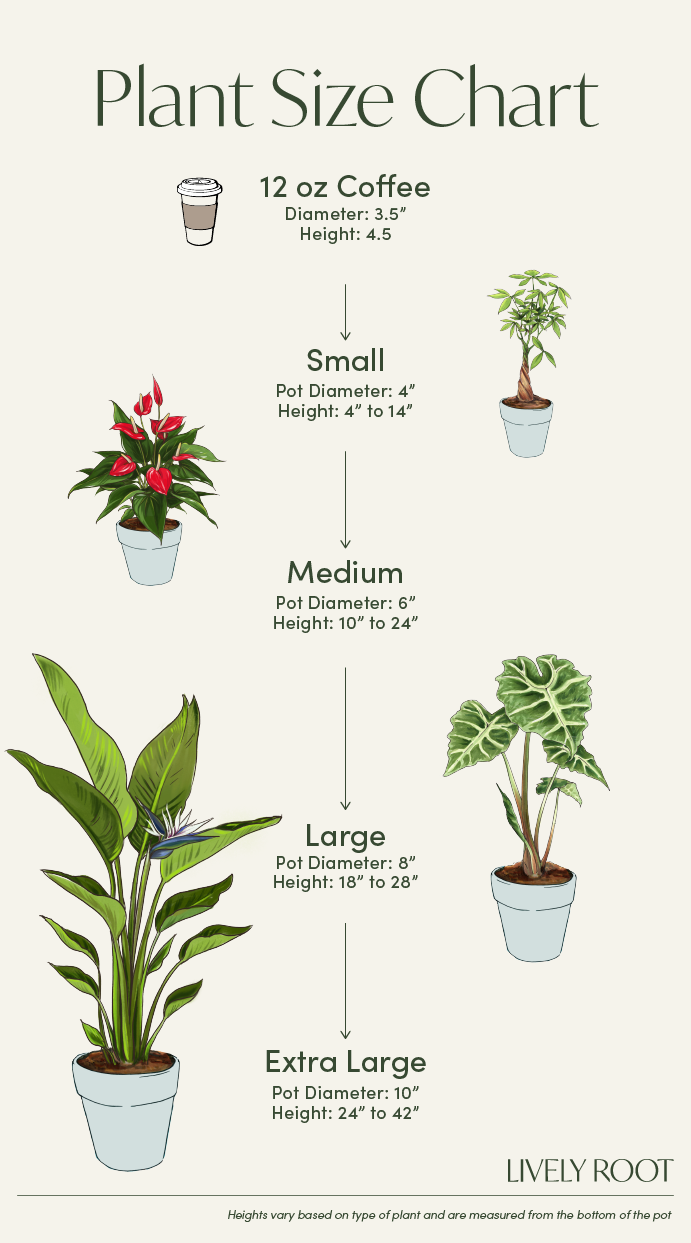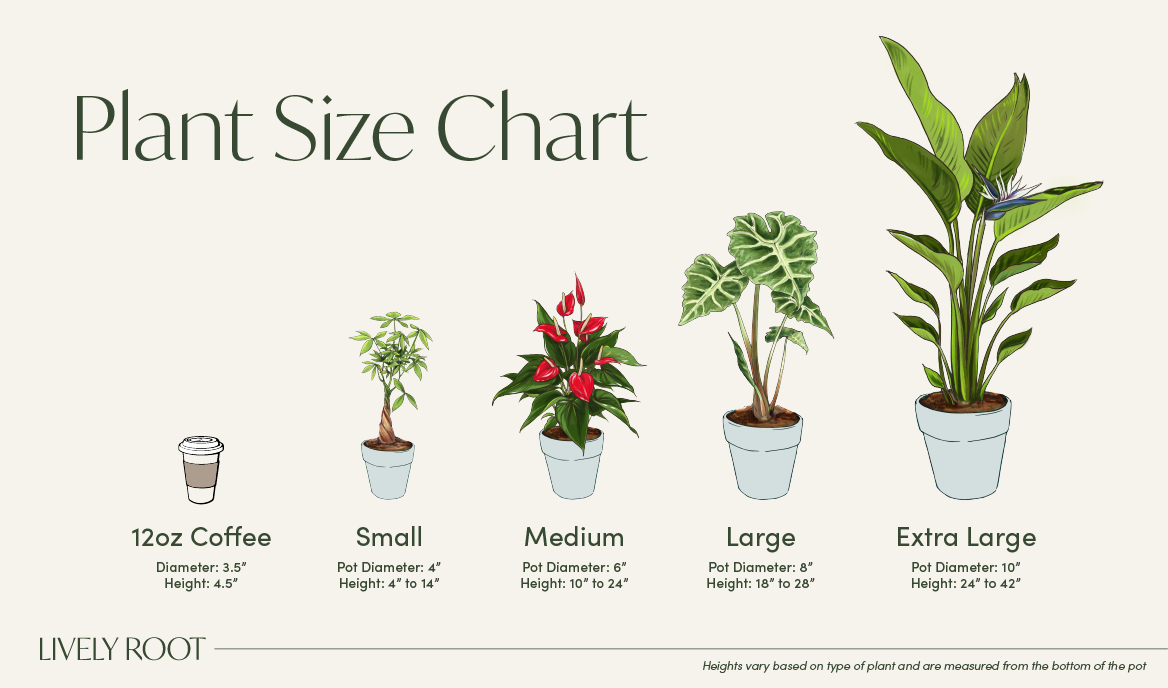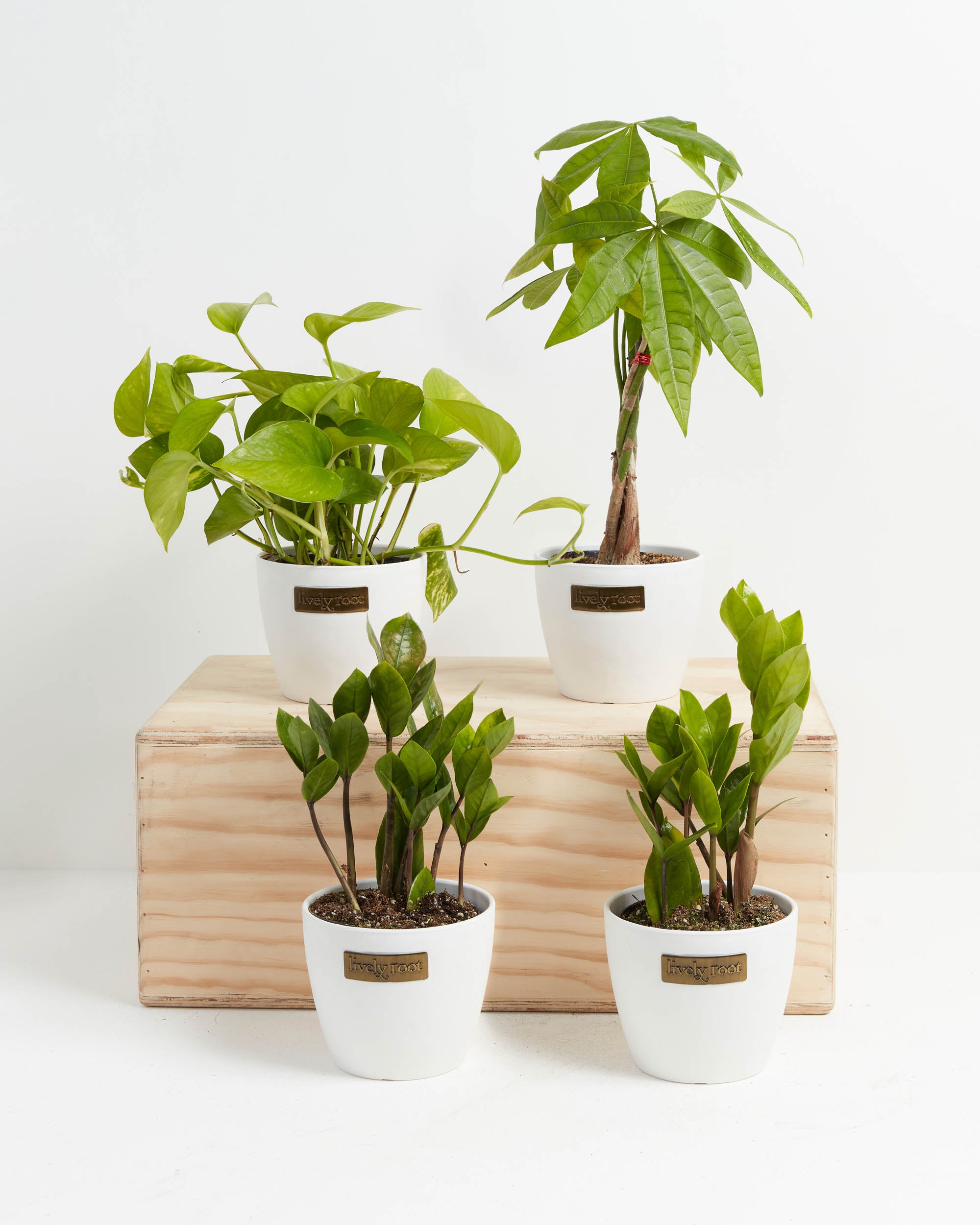

New plant parents can get a confident start with this bundle of three hard-to-kill green babies. Golden pothos are sometimes called devil's ivy because they are so hard to kill. They have gorgeous trailing leaves and look great in a hanging planter. The ZZ plant can also handle low levels of water and light. Finally, the money tree is an easy-care plant that's rumored to bring good luck and fortune.
New Plant Parents Bundle Care Guide

These plants prefer low to medium light.
Allow the soil to dry out completely between waterings.
These plants don't require high-levels of humidity.
You might also like...












